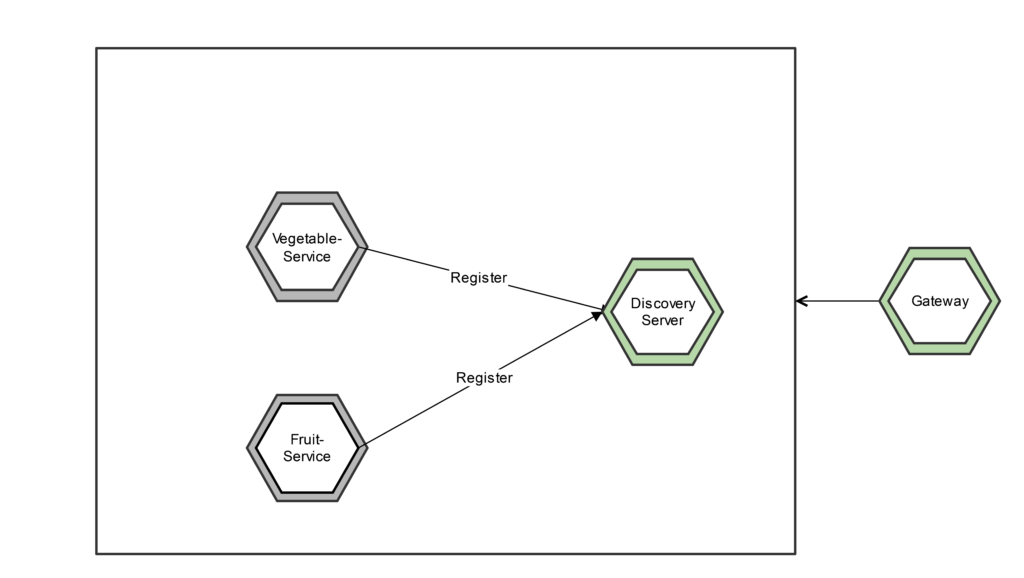building micronaut microservices using microstartercli is a modern, JVM-based framework designed for building modular, easily testable microservices and serverless applications. Unlike traditional frameworks,building micronaut microservices using microstartercli uses ahead-of-time (AOT) compilation to optimize dependency injection, making it highly efficient and lightweight. This framework is particularly suited for microservices architectures due to its low memory consumption and fast startup times.
Table of Contents
Micronaut provides built-in support for common microservice patterns, including service discovery, configuration management, and distributed tracing. These features are integrated seamlessly, allowing developers to focus on writing business logic instead of boilerplate code. With building micronaut microservices using microstartercli, you can build robust and scalable microservices that are easy to maintain and extend.
Implementing CRUD Operations in building micronaut microservices using microstartercli Microservices
Once you have your building micronaut microservices using microstartercli project set up, the next step is to implement CRUD (Create, Read, Update, Delete) operations. This is a fundamental part of any microservice as it allows you to manage your application’s data. Using MicrostarterCLI, you can generate the necessary code and configurations to handle CRUD operations efficiently
By automating these tasks with MicrostarterCLI, you save significant development time and ensure consistency across your services. This setup allows you to focus on implementing your business logic rather than boilerplate code.
Service Discovery and Configuration Management
For microservices architecture to work seamlessly, service discovery and configuration management are crucial. They enable microservices to locate each other and manage their configurations dynamically. Here’s how you can set up these components using building micronaut microservices using microstartercli and MicrostarterCLI:
By setting up Eureka and Consul, you ensure that your microservices can discover each other and manage configurations dynamically, enhancing the resilience and scalability of your system.
Advanced Features and Customizations
building micronaut microservices using microstartercli and MicrostarterCLI offer several advanced features and customizations to enhance your microservices. These features include GraphQL support, distributed tracing, and caching, among others.
These advanced features help you build robust, high-performance microservices with enhanced functionality and observability.
Testing and Deploying Micronaut Microservices
Testing and deploying your microservices are critical steps to ensure they function correctly and can be easily scaled. Micronaut provides excellent support for testing, and there are various strategies for deployment.
By following these steps, you can ensure that your building micronaut microservices using microstartercli microservices are thoroughly tested and deployed efficiently, maintaining high quality and reliability.
Conclusion
building building micronaut microservices using microstartercli microservices using microstartercli provides a streamlined and efficient approach to developing scalable, high-performance applications. By setting up a robust development environment, bootstrapping projects quickly, implementing CRUD operations, and utilizing advanced features, you can create powerful microservices with ease. Service discovery, configuration management, testing, and deployment further enhance the functionality and reliability of your services.
With this comprehensive guide, you now have the knowledge to build, manage, and deploy building micronaut microservices using microstartercli microservices effectively, ensuring that your applications are ready to meet the demands of modern software development
Read More iphone:5e5ylhajjw4= wallpaper







